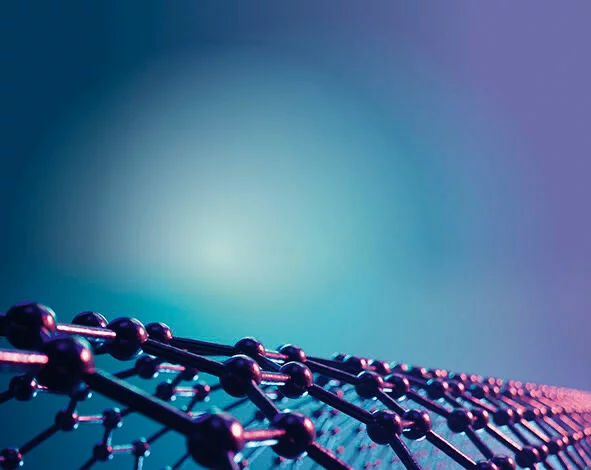The development of modern electronics relies on the constant miniaturization of its components. However, it has become increasingly difficult to shrink conventional electronic components and alternative logical architectures are presently being explored. In this context, magnetic materials offer a broad range of possibilities for the development of data processing schemes. A promising concept exploits spin wave propagation and interference to carry information and perform logical operations. Spin waves are collective excitations of the electronic spins, which can replace electron transport as carriers of information, eliminating electric current and thus minimizing heat dissipation. Such spin waves can be used in brain-inspired architectures for data processing. However, challenges remain to scale down the size of the structures and to achieve the necessary properties for practical implementation.
In this project, we aim to combine magnetic thin films with graphene in order to achieve novel magnetic properties. Graphene is a single layer of carbon atoms arranged on a hexagonal lattice, forming very thin sheets. Here, we intend to exploit the fact that graphene sheets are not flat: instead, they are wrinkled and these wrinkles have a size of a few tens of nanometers or about ten thousand times smaller than the width of a hair. Moreover, the number and size of these wrinkles can be controlled by applying stress to the sheet of graphene. At the edges of the sheet, wrinkles merge and give rise to structures called wrinklons. We will to explore the possibility of imprinting these wrinkles onto magnetic films in order to achieve novel properties. In particular, by tuning the shape of the graphene, we aim to create a system in which spin waves can propagate through the wrinkles and, at the same time perform logical operations in the wrinklons regions, where the spin waves can interfere.
In a larger context, modern electronic devices create vast amounts of waste heat because data is manipulated by moving electrons in a logic processor. Our research will explore the possibility of realizing a material enabling more efficient computing architectures in which transport and logical operations are simultaneously possible without using electric current, thus minimizing heat dissipation.
Contact
Dr. Sebastian Gliga
Swiss Light Source
Paul Scherrer Institut
Telephone: +41 56 310 5481
E-mail: sebastian.gliga@psi.ch
EU Research article about the project
